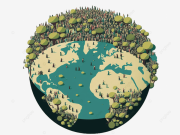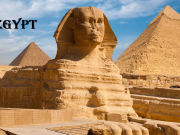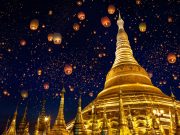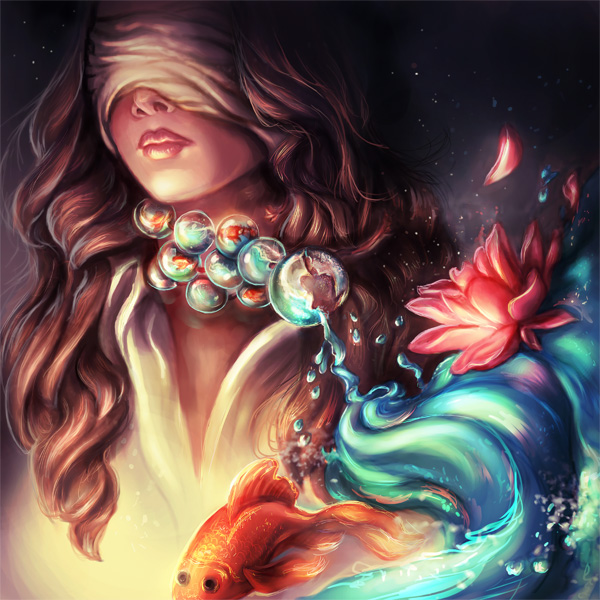Welcome to our blog, where we dive into the fascinating world of digital arts. Join us as we explore the realm where creativity and technology converge, unleashing new possibilities for artistic expression. From digital painting to 3D modeling, let’s delve into the dynamic field of digital arts and discover the innovative techniques and transformative impact it has on the art world.
Digital Painting and Illustration:
1.1 Tools and Software:
Discussing the digital tools and software available for creating digital paintings and illustrations, such as Adobe Photoshop, Corel Painter, and Procreate.
Exploring the advantages of digital painting, including the ability to undo and experiment with different techniques and effects.
1.2 Techniques and Styles:
Exploring various techniques used in digital painting, such as layering, blending, and digital brushes.
Discussing different styles within digital painting, ranging from realistic and hyperrealistic to stylized and abstract.
3D Modeling and Animation:
2.1 Creating Virtual Worlds:
Exploring 3D modeling as a process of creating three-dimensional digital objects and environments.
Discussing how 3D modeling is used in industries such as gaming, film, architecture, and product design.
2.2 Animation and Visual Effects:
Addressing the role of digital arts in animation, including character animation, motion graphics, and visual effects.
Discussing the impact of digital animation on storytelling and its integration with live-action films.
Digital Photography and Manipulation:
3.1 Capturing and Enhancing Images:
Discussing the use of digital cameras and editing software in digital photography.
Exploring techniques such as post-processing, retouching, and compositing to enhance and manipulate digital images.
3.2 Experimental and Conceptual Photography:
Addressing how digital technology has expanded the possibilities for experimental and conceptual photography.
Discussing the use of photo manipulation, digital collages, and mixed media approaches in creating unique photographic artworks.
Interactive and New Media Art:
4.1 Immersive Experiences:
Exploring interactive and new media art forms that engage the audience through technology, such as virtual reality (VR) and augmented reality (AR).
Discussing how these mediums enable immersive and interactive experiences, blurring the boundaries between the artist and the viewer.
4.2 Generative Art and Algorithms:
Addressing the use of algorithms and coding in creating generative art, where the artwork is generated by a set of rules or parameters.
Exploring how generative art reflects the intersection of art, science, and technology.
Digital Art in the Digital Age:
5.1 Accessibility and Distribution:
Discussing how digital arts have democratized the creation and distribution of art, allowing artists to reach wider audiences through online platforms and social media.
5.2 Preservation and Conservation:
Addressing the challenges and opportunities of preserving and conserving digital artworks, given their reliance on constantly evolving technology.
Conclusion:
As we conclude our exploration of digital arts, it is clear that this field has revolutionized the way we create, experience, and appreciate art. From digital painting to 3D modeling and interactive experiences, digital arts continue to push the boundaries of artistic expression. Let’s celebrate the fusion of creativity and technology in the digital arts and embrace the endless possibilities it offers for artists and audiences alike.





















